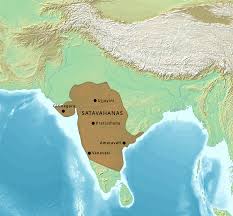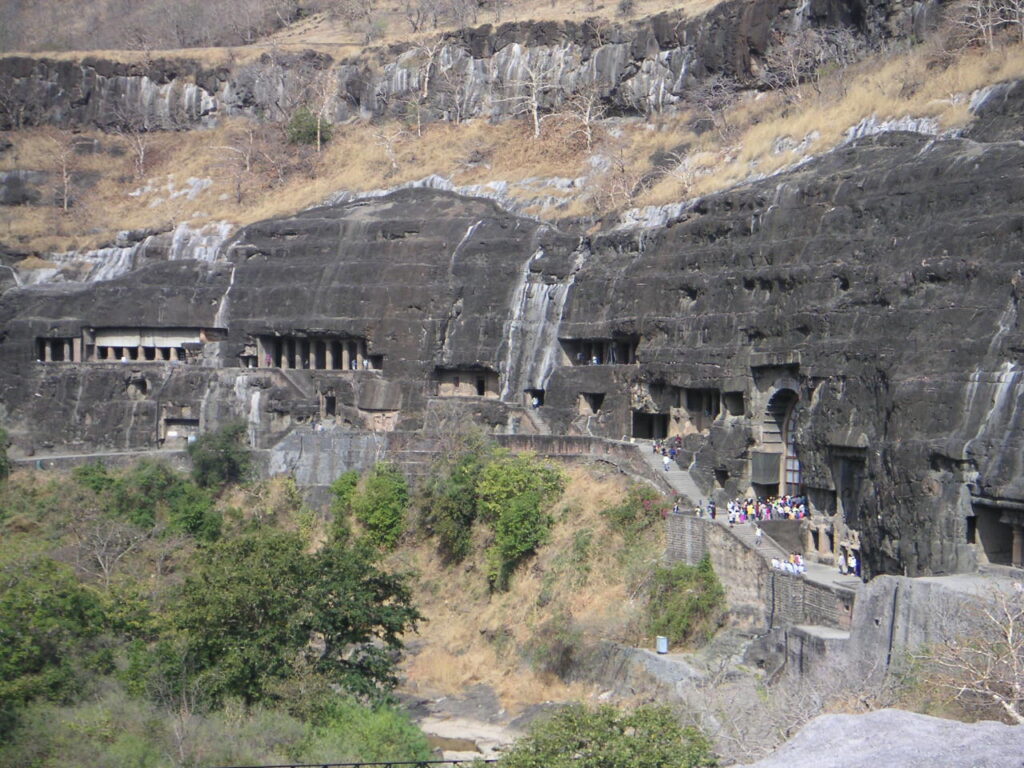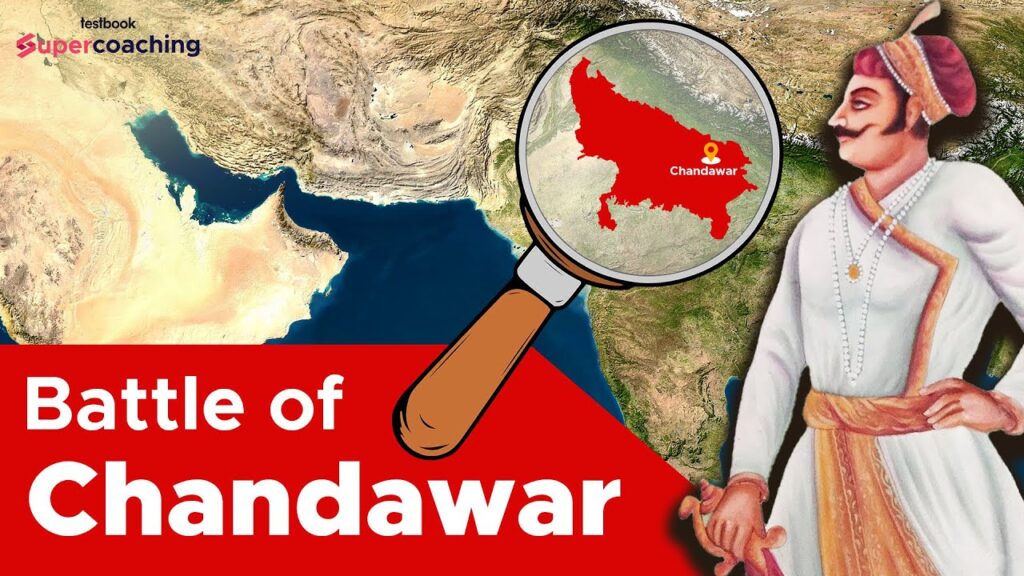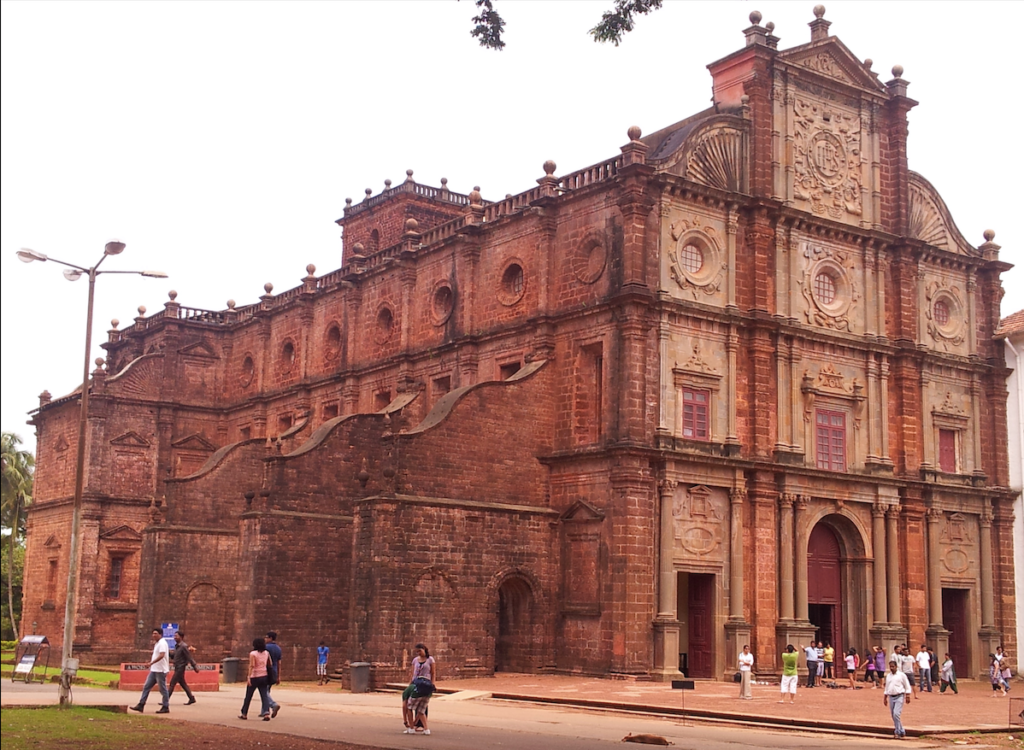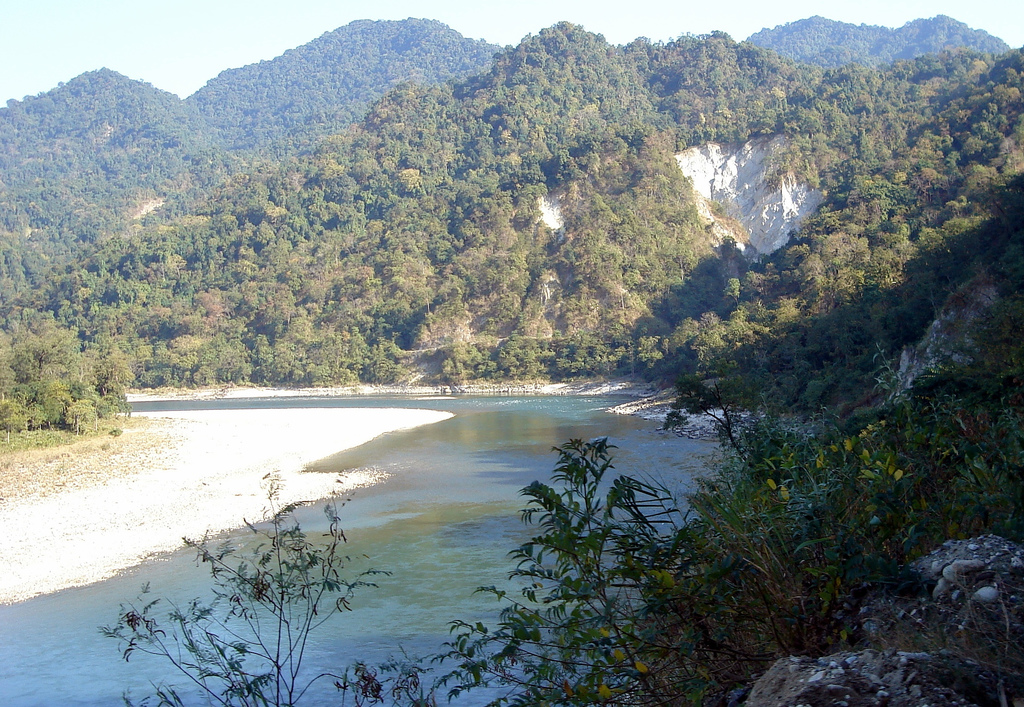Introduction:
In the rich tapestry of Indian history, the Satavahana Dynasty emerges as a beacon of power, culture, and innovation. Flourishing in the heartland of the Deccan plateau, the Satavahanas left an indelible mark on the socio-political landscape of ancient India. Join me on an enthralling journey as we delve into the captivating saga of the Satavahana Dynasty, tracing its origins, achievements, and enduring legacy.
Origins and Early History:
The Satavahana Dynasty, also known as the Andhras, rose to prominence around the 1st century BCE, establishing its power base in the fertile regions of the Deccan plateau. The exact origins of the Satavahanas remain shrouded in the mists of antiquity, with conflicting accounts and legends surrounding their lineage. However, archaeological evidence suggests that they may have initially been a local chieftaincy or a vassal of the Mauryan Empire.
Rise to Power:
The ascent of the Satavahanas to power marked a turning point in the political landscape of ancient India. Under the leadership of Simuka, the founder of the dynasty, the Satavahanas embarked on a campaign of conquest and expansion, gradually asserting their dominance over neighboring territories. With their capital initially established at Pratishthana (modern-day Paithan), the Satavahanas laid the foundation for a prosperous and enduring empire.
Military Conquests and Expansion:
The Satavahana rulers were formidable warriors and astute diplomats, adept at consolidating their power through a combination of military conquests and strategic alliances. Over the centuries, they extended their sway over vast regions of the Deccan plateau, encompassing present-day Maharashtra, Andhra Pradesh, Telangana, and parts of Madhya Pradesh, Karnataka, and Gujarat. Their military campaigns against rival powers such as the Shakas, Kushanas, and Kalingas further solidified their hegemony in the region.
Art and Architecture:
The Satavahana period witnessed a flourishing of art, architecture, and cultural patronage. The rulers of the dynasty were avid patrons of Buddhism, Hinduism, and Jainism, fostering an environment of religious tolerance and pluralism. The Amaravati and Nagarjunakonda stupas, adorned with exquisite sculptures and bas-reliefs, stand as enduring testament to the artistic achievements of the Satavahana era. Additionally, the rock-cut caves of Ajanta, Ellora, and Karla bear testimony to the architectural prowess of the dynasty.
Administration and Governance:
Central to the success of the Satavahana Empire was its efficient administrative machinery and decentralized governance structure. The empire was divided into administrative units known as janapadas, each governed by a local chieftain or noble appointed by the king. The Satavahana kings exercised suzerainty over these territories, ensuring the collection of taxes, maintenance of law and order, and provision of public amenities such as irrigation and infrastructure.
Economic Prosperity:
Trade and commerce flourished under the patronage of the Satavahana rulers, facilitated by an extensive network of trade routes connecting the Deccan plateau to distant regions of India and beyond. The port city of Pratishthana emerged as a vibrant center of commercial activity, serving as a nexus for the exchange of goods such as textiles, spices, precious stones, and luxury items. The Satavahanas also minted their own coins, which served as a medium of exchange and a symbol of imperial authority.
Decline and Legacy:
Despite their formidable achievements, the Satavahana Dynasty gradually declined in the face of internal strife, external invasions, and the emergence of new regional powers. By the 3rd century CE, the empire had fragmented into smaller kingdoms and principalities, paving the way for the rise of successor states such as the Vakatakas, Pallavas, and Chalukyas. Nevertheless, the legacy of the Satavahanas endured, influencing subsequent dynasties and leaving an indelible imprint on the cultural heritage of India.
Conclusion:
In conclusion, the Satavahana Dynasty stands as a shining testament to the resilience, innovation, and cultural richness of ancient India. From its humble origins to its zenith of power and influence, the Satavahanas left an indelible mark on the socio-political landscape of the Deccan plateau. As we reflect on the legacy of this remarkable dynasty, let us marvel at their achievements and draw inspiration from their enduring legacy of greatness.

